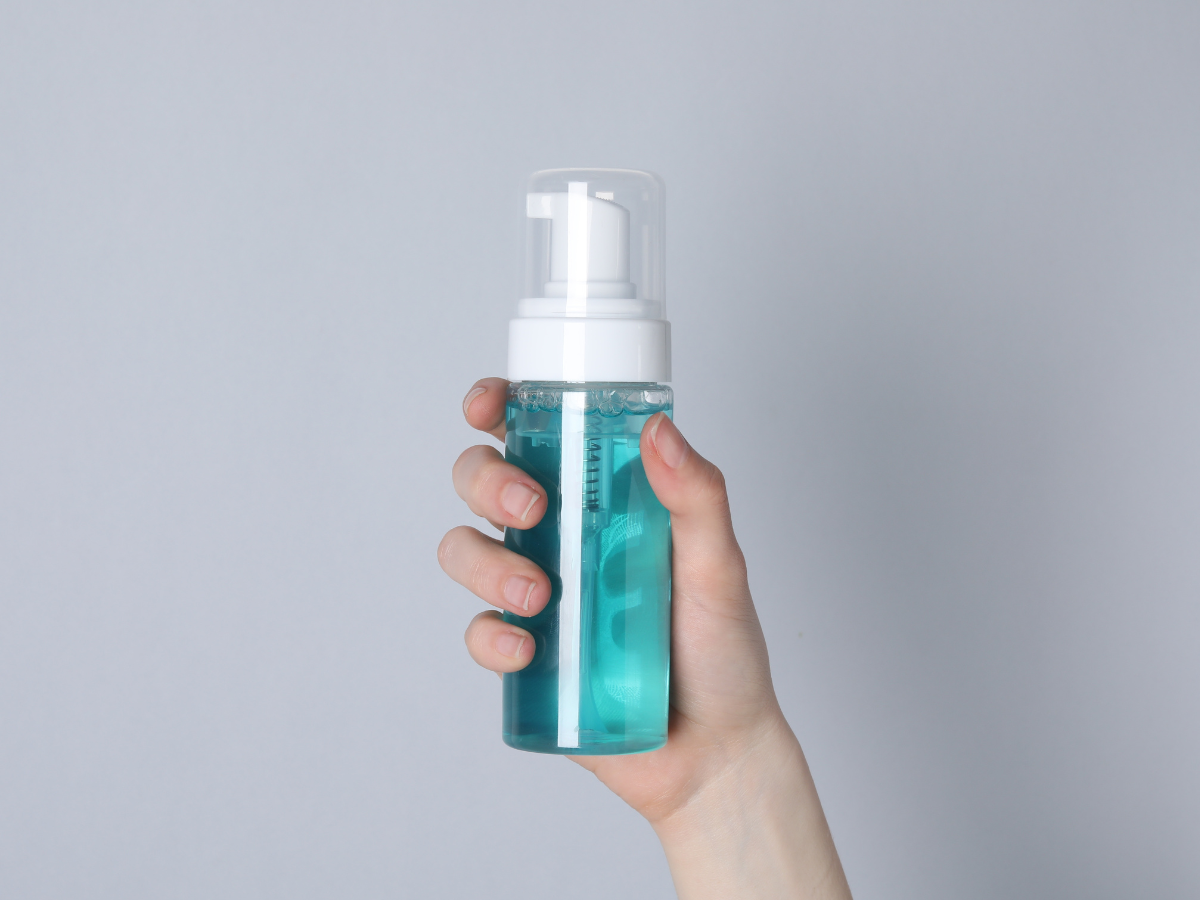Background
Propylparaben (Propyl 4-hydroxybenzoate, CAS no: 94-13-3, EC no:202-307-7) is the ester of n-propyl alcohol and p-hydroxybenzoic acid. In cosmetics and personal care products, Propylparaben is used as a preservative and perfuming agent. This ingredient is currently regulated under entry 12 of Annex V of the European Cosmetics Regulation 1223/2009 (List of preservatives allowed in cosmetics products). According to the Regulation, Propylparaben has concentration limits in finished products to 0.14% (for the sum of the individual concentrations) and 0.8% (for mixture of authorized parabens). It is also prohibited in leave-on products designed for application on the nappy area of children under 3 years old.
What’s new?
On May 14, 2024, ECHA announced that Belgium plans to propose the harmonised classification and labelling of Propylparaben as an Endocrine Disruptor Category 1 (ED ENV 1), EUH430 – May cause endocrine disruption in the environment.
A substance is classified in Category 1 for endocrine disrupting properties for the environment if it is known or presumed to meet the following criteria:
- it shows an adverse effect in an intact organism or its progeny;
- it shows endocrine activity;
- the substance has an endocrine disrupting mode of action, i.e. there is a biologically plausible link between the endocrine activity and the adverse effect.
The classification in Category 1 is based on evidence from human and/or on data from animal studies. Such data shall provide clear evidence of an adverse effect that is relevant for the (sub-) population level and which is a consequence of the endocrine activity.
Despite Propylparaben’s proposed classification as ED ENV 1, it can still be used in cosmetic products as in accordance with Article 15 of Cosmetics Regulation 1223/2009, since this classification relates to the environment and not human health.







